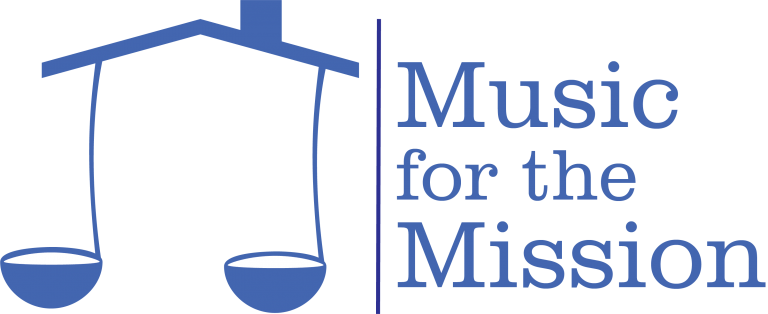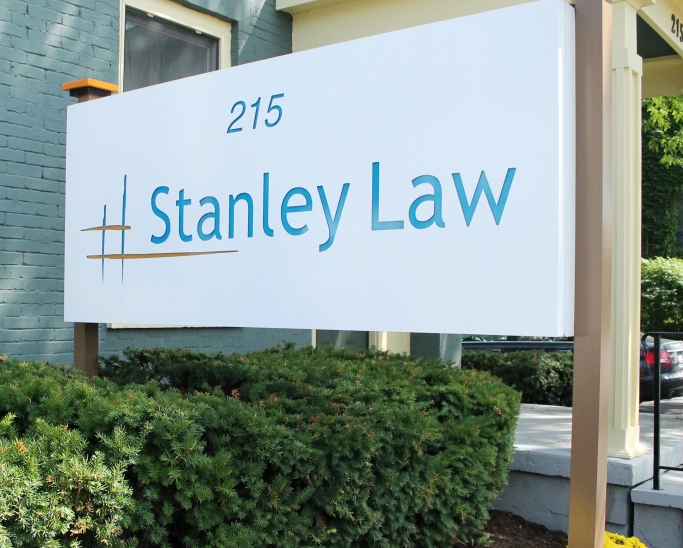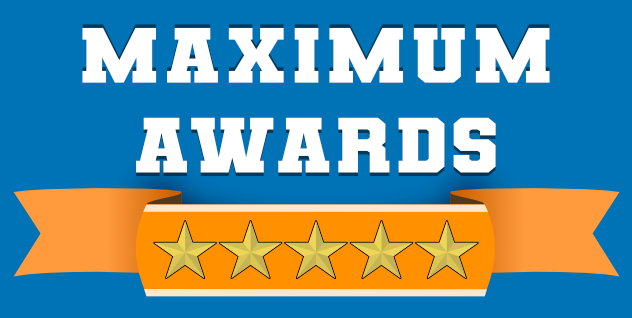Most construction accidents can be avoided. Here are five tips to help you stay safe.
Construction work can be dangerous, and due to its nature, many construction accidents are very serious or even deadly. Fortunately, almost all of these accidents are preventable. Here are five tips to help you have a safer work site.
Avoid Falls
Falls are the number one cause of injury on construction sites. Always use caution when using ladders, upon entering or exiting machinery, or when working on scaffolding. Always use appropriate hand holds or foot rails. If you are more than six feet above the ground, your employer is required to provide safety measures such as guard rails, harnesses, or safety nets.
Safety Zones
High-risk areas should be roped off or otherwise marked to keep people out. The foreman on a job should always enforce these guidelines. Danger zones may include areas where heavy equipment is being operated, hazardous materials are being used, or tools are in danger of falling. (Even if an area should be clear, Always secure your tools.) Simply keeping workers out of dangerous areas can reduce your risk of construction accidents.
Machine Safety
Using heavy machinery is one of the most dangerous aspects of construction work. Always use your best judgment when operating equipment in dangerous conditions, such as rain or mud or on a slope. Only operate the machinery if you have been fully trained. Wear a safety belt, check to make sure you have a clear path before driving and use extra caution when you are carrying a heavy load. And of course, only use the equipment for its intended purpose.
Proper Protection
Correct gear can prevent injuries during construction accidents. Under certain conditions, your employer is required to provide you with certain protective gear. For instance, if you work in an area where tools may fall (which is nearly all construction sites), your employer must provide you with a hard hat. You may also be entitled to protective eyewear or face shields if you work around flying particles, dangerous gasses or chemicals, or molten metal. You should check your gear daily to make sure it is in good shape and does not have any cracks, dents, or other damage that may keep it from working properly. To avoid construction accidents, also make sure your gear fits well so it does not impede your vision or movement.
Hazardous Materials
If you work around hazardous chemicals, your employer is required to keep a written inventory of those chemicals as well as Material Safety Data Sheets (MSDS) that employees can access and research. The materials should also be labeled clearly. Be sure to study the MSDS for proper safety procedures before you handle any hazardous material.














